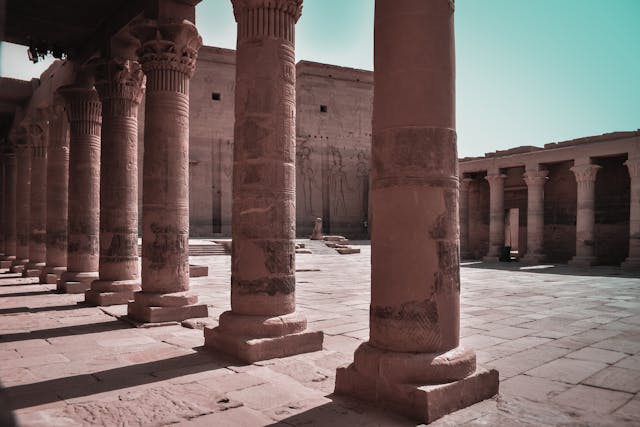
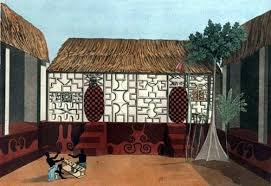
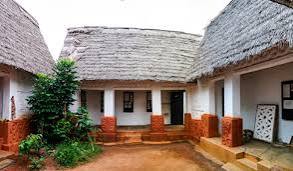
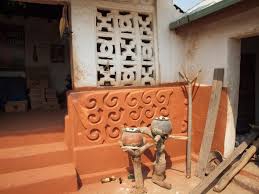
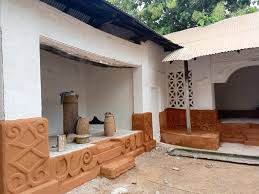
Explore the Once-mighty Ashanti Empire, showcasing a building style deeply rooted in the region’s culture, beliefs, and way of life.
History African@africanhistory
7 months ago
Scattered across the Ashanti Region, the Asante Traditional Buildings stand as rare and remarkable remnants of pre-colonial Ashanti architecture. These structures, recognized as a UNESCO World Heritage Site, provide a direct link to the once-mighty Ashanti Empire, showcasing a building style deeply rooted in the region’s culture, beliefs, and way of life. Unlike the imposing stone castles of the coast, these buildings are made of clay, timber, and thatch, reflecting an architectural tradition that has existed for centuries.
Each building, adorned with intricate bas-relief designs, serves a specific cultural or spiritual function. Some were used as shrines to honor powerful deities, while others housed royal figures or played roles in important rituals. The symbolic carvings on the walls tell stories of Ashanti mythology, social values, and historical events. These sacred structures were once part of a much larger architectural landscape, including palaces and courtyards that formed the heart of Ashanti civilization.
Despite their historical and artistic significance, many of these buildings have been lost due to time, weather, and modernization. However, efforts to preserve them continue, ensuring that future generations can experience this important part of Ghana’s heritage. Today, visitors can explore these sites, learning about the Ashanti people's spiritual beliefs, artistic expression, and resilience.
What to Know Before Visiting
The best-preserved examples are found in Ejisu, near Kumasi, making it an easy day trip from the Ashanti capital.
Guided tours provide valuable insights into the meanings behind the intricate carvings and the cultural significance of each structure.
Since the buildings are made of natural materials, they are fragile—avoid touching the walls to help preserve them.
Pair your visit with a trip to the Manhyia Palace Museum in Kumasi for a deeper understanding of Ashanti history and royalty.
Respect the spiritual importance of the sites, as some are still used for religious practices.
The Asante Traditional Buildings are more than just historical artifacts—they are living testimonies to a civilization that continues to shape Ghana’s identity. A visit to these sites offers an intimate encounter with the Ashanti legacy, allowing travelers to step back in time and experience the artistic and spiritual traditions of one of Africa’s greatest kingdoms.
#AsanteTraditionalBuildings #UNESCOWorldHeritage #AshantiEmpire #VisitGhana #AfricanArchitecture #GhanaianHistory #CulturalHeritage #ExploreGhana #KumasiTourism #TraditionalArt #PreservingHistory #WestAfricanCulture
Photo Credit: Wikimedia

6 months ago
